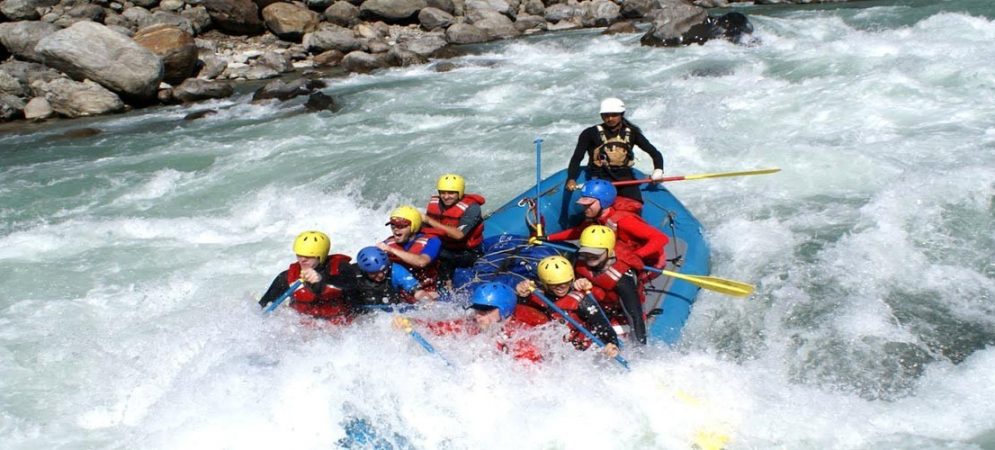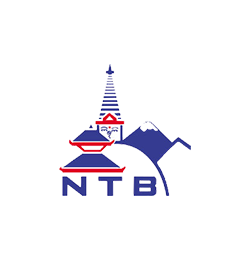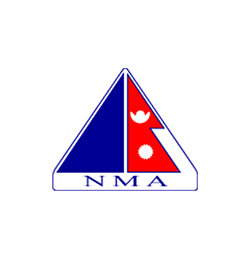
‘world second-largest country for networks of fast glacial rivers’
An introduction to Water resources in Nepal
Famous Nepali Rivers and origin is an interest to know that all mighty rivers fed from world highest mountains the Himalaya range with many tributaries streams and rivers to form greater and wide Rivers of Nepal.
Nepal famous rivers Sun Kosi, Karnali, Trisuli, Narayani, Rapti, Kaligandaki, Arun, Tama Kosi, Tamur and Dudh Kosi includes many smaller rivers and streams that later joins into big and large Rivers.
Nepal known as the second country in this world after Brazil for its wide many rivers system and networks, Nepal has only freshwater resources as it is 960 km away from the sea where freshwater resources are of 2 types:
01: Lotic or running water which is rivers and streams and
02: Lentic or standing still water such as ponds, lakes, swamps, etc.
Nepal located on southern sides of the massive Himalayan mountain range where snow-fed rivers flow down towards the south Gangetic plain of Terai belt to join in the Ganges further down in India and into the Bay of Bengal, Nepal with three main river systems.
Each river has got several tributaries forming a network that criss-cross all parts of the country, these three important river systems are the Karnali system in western Nepal.
Nepal Famous Rivers and its origin:
Sun Kosi and Sapta Kosi River:
Each river system has seven tributaries which are, therefore, designated by the word Sapta means seven, these rivers and rivulets are very rich in fish resources and provide excellent fishing opportunities as well for water sports like Rafting in Himalayan Rivers.
All river flows from high Himalayan peaks make and turns into larger rivers like Sun Kosi that makes greater Sapta Kosi after several tributaries join to make this great river at low land of Terai belt originates from high mountain glaciers of Central Himalaya and Far Eastern Himalaya range with Mt. Everest.
The rivers that join to form great Sapta Kosi are Bhote-Sun Kosi, Tama Kosi, Dudh Kosi and Arun with last Tamur River.
Great Narayani River:
Great Narayani River accumulated with various glacial rivers to name a few where Trisuli River and Kaligandaki River joins to form greater Narayani River with tributaries of Burigandaki, Seti and Marsyangdi River later meets Trisuli and then flowing downstream towards Narayani Rivers, the main source fed from the glaciers of Ganesh and Langtang Himal and as far Annapurna and Dhaulagiri with peaks of Mustang Himal.
Karnali River the Big Bend:
One of the longest and mighty rivers known as Big Bend by rafting companies of Nepal, a large and fast river that runs from high Tibetan plateau towards Nepal Far South-West flatland of Terai belt around Kayilali and Bradiya districts.
Flows and originates from the glaciers of holy Mt. Kailash and sacred Lake Manasrover which is in Far South-Western Tibet / China enters Nepal through the Simikot and Humla area of western Nepal.
Other Nepal Famous Rivers and Origin:
Gandaki, Kamala, Bagmati, Narayani, Rapti, Saryu, Karnali, etc, Trisuli and the Sun Kosi Rivers are most famous for commercial Sun Kosi River rafting and fishing as well near Kathmandu.
Rivers of Nepal besides flowing downstream from Mountain glacier it also originates from glacial ponds and lakes with monsoon rain contributes streams and rivers with large volumes of water, where most of the low delta of southern Nepal gets flooded quite often during rainy months of July to mid-September.
Besides wide range of river networks from East to West of Nepal with many lakes Phewa, Rupa, Begnas, Dipang, Rara, Kasara, Khaptad, Satyavati, Nandan, Surma Sarover, Syrpu, Taudah, etc. towards high Himalaya with several religious ponds and lakes like Tilicho, Damodar, Gosainkund and Phoksundo that contributes great River systems of the country.
Nepali Rivers and Origin play an important role for the people of Nepal as well to other Asian countries, as the rivers of Nepal used for Hydro Dam to power electricity as Nepal stands as the second-largest country on this planet that can produce Hydroelectricity from its wide networks of Rivers.






